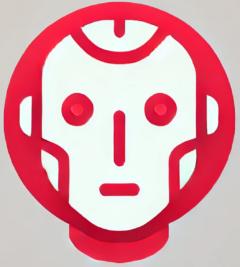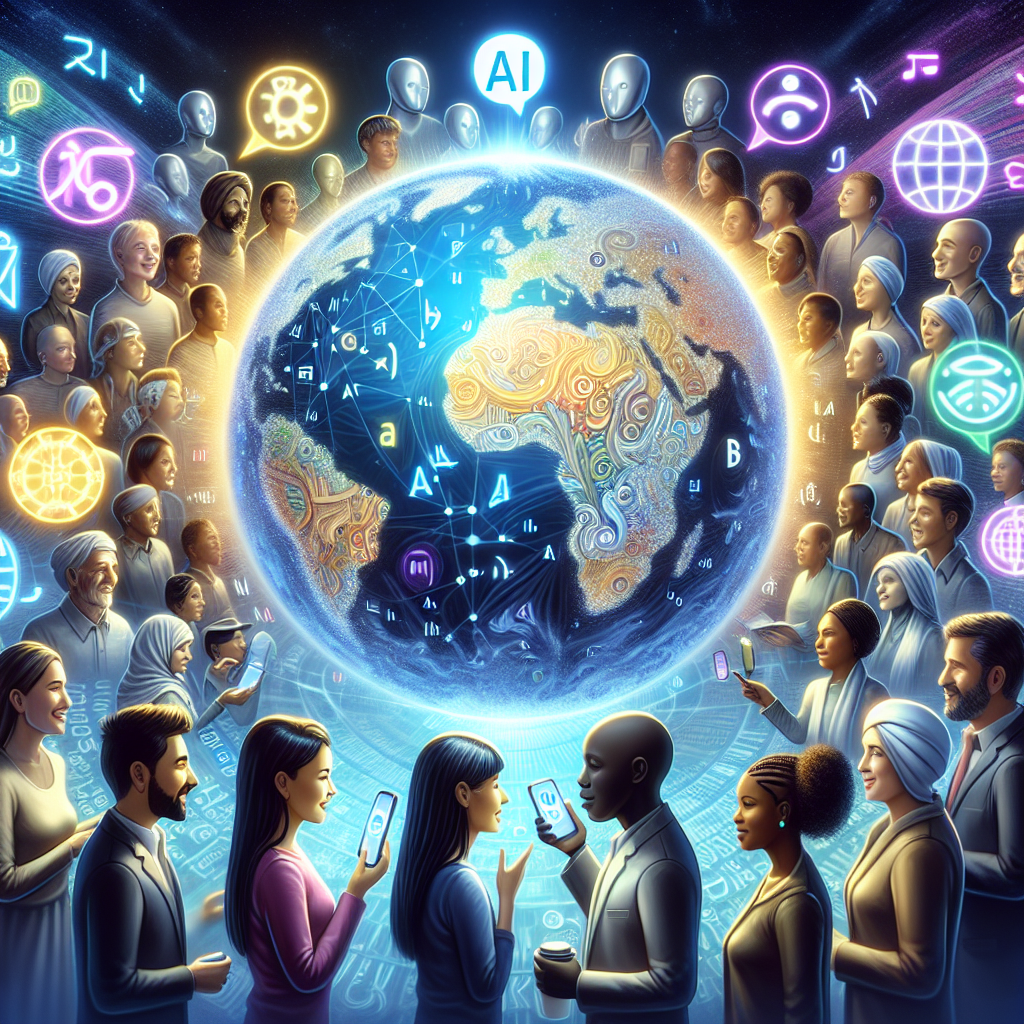AI Breaks Language Barriers Worldwide
When President Richard Nixon visited China in 1972, every word exchanged with Premier Zhou Enlai passed through a chain of human translators. The diplomatic dance speaks volumes—without accurate translation, these historic talks might have faltered. Today, artificial intelligence is rewriting this narrative. AI breaks language barriers worldwide not only in diplomacy but also in travel, business, education, and social connection. What once required months of training and teams of experts now happens in milliseconds, thanks to AI-powered universal translators.
The Rise of AI-Powered Translation
Machine translation has advanced dramatically in the last decade. Traditional rule-based systems have given way to neural networks and deep learning algorithms that deliver near-human linguistic fluency. Tech giants like Google, Microsoft, and Meta have poured resources into real-time translation models capable of parsing languages with nuanced grammar and cultural contexts.
For instance, Google Translate now supports over 130 languages and can instantly translate text, speech, and images. Similarly, Meta’s AI research division has introduced the Universal Speech Translator, capable of direct speech-to-speech translation in real time—even for rare or endangered languages. These breakthroughs are making global communication seamless and inclusive.
Real-World Applications Across Industries
AI-driven translation technology is no longer confined to academia or big tech—it’s transforming the way people and businesses operate around the world.
- Healthcare: Medical professionals use AI language tools to communicate with patients in emergency situations, ensuring life-saving instructions are understood clearly.
- Travel and Tourism: Travelers rely on AI-powered apps for navigating foreign cities, reading important signs, and engaging with locals.
- Education: Online learning platforms use translation tools to localize lessons for international students, opening up academic resources globally.
- E-Commerce and Marketing: Businesses tap into new markets by instantly translating product descriptions, reviews, and advertisements.
Leveling the Linguistic Playing Field
Historically, language fluency has created information hierarchies, disadvantaging those outside dominant linguistic groups. But now, AI breaks language barriers worldwide by democratizing access to information. Open-source models and APIs offer developers from every corner of the world the tools to build localized solutions. Communities previously cut off from the global conversation are now finding a voice.
This shift also preserves linguistic diversity. Efforts like the Meta No Language Left Behind project show how AI can support low-resource languages and affirm cultural identities in the digital age.
Challenges and the Road Ahead
Despite the progress, AI translation isn’t perfect. Issues with contextual understanding, idiomatic phrases, and cultural nuances still surface. Mistranslations in diplomatic, medical, or legal settings can have serious repercussions. Developers continue to refine these algorithms to avoid such pitfalls and enhance multilingual AI performance.
Moreover, ethical concerns about data privacy and linguistic bias remain forefront. Ensuring inclusive training datasets and safeguarding user data is critical as these technologies become embedded in everyday life.
Conclusion
AI breaks language barriers worldwide, making the dream of a truly interconnected global community more attainable than ever. While challenges remain, the future points toward a world where no one is silenced by language—where knowledge, culture, and opportunity can travel freely across borders, thanks to the power of artificial intelligence.

